-
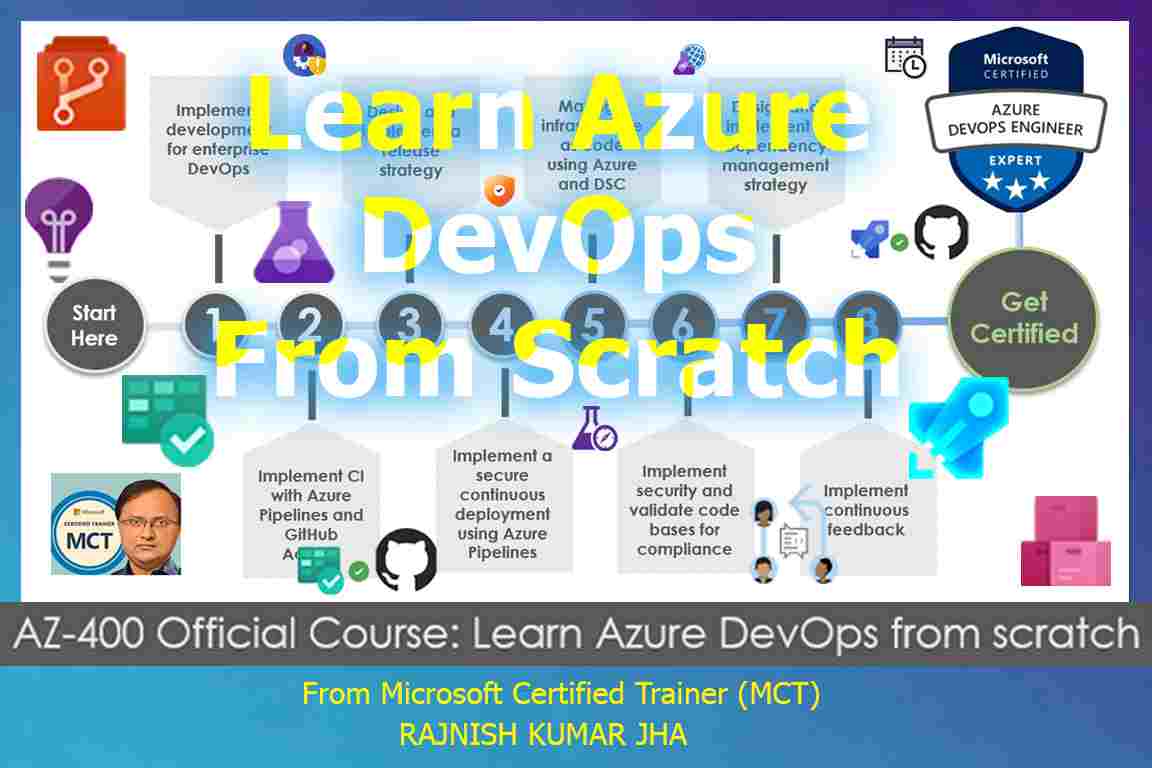
Collaborating with Pull Requests in Azure Repos
Collaborating with Pull Requests in Azure Repos In Azure Repos, Pull Requests (PRs) are used to facilitate code review, collaboration, and ensure code quality before merging changes into a protected branch (e.g., main, master). Below is a guide on how to create, review, and manage… [ Read More ]
-

Implementing Branch Merging Restrictions in Azure DevOps and GitHub
Implementing Branch Merging Restrictions in Azure DevOps and GitHub Branch merging restrictions ensure that only authorized users or approved workflows can merge branches into specific branches like main, develop, or any protected branch. Below is how you can implement these restrictions in Azure DevOps and… [ Read More ]
-

Exploring Fork Workflow in GitHub
Exploring Fork Workflow in GitHub The Fork Workflow is commonly used in open-source projects or when collaborating across different repositories. It enables contributors to make changes in a separate forked repository, ensuring that changes can be reviewed and merged into the main repository by the… [ Read More ]
-

Exploring GitHub Flow for Continuous Delivery
Exploring GitHub Flow for Continuous Delivery GitHub Flow is a lightweight Git branching model designed for simplicity and speed, making it an excellent choice for teams practicing Continuous Delivery or Deployment. It uses a minimal branching strategy that revolves around the main branch** as the… [ Read More ]
-

Hands-on Demo – All Git Branch Models for Continuous Delivery
Hands-on Demo – All Git Branch Models for Continuous Delivery Below is a summary of four commonly used Git branching models for Continuous Delivery (CD): GitHub Flow, GitFlow, Release Branching, and Trunk-Based Development (TBD). Each model is explained with an example workflow. 1. GitHub Flow… [ Read More ]
-

Hand-on Demo – Release Branching for Continuous Delivery
Hand-on Demo – Release Branching for Continuous Delivery The Release Branching model is useful when multiple versions of the software must be maintained simultaneously (e.g., active development on the next release while supporting an existing release). It balances structured development with Continuous Delivery (CD). Release… [ Read More ]
-

Hand-on Demo – GitHub Flow for Continuous Delivery
Hand-on Demo – GitHub Flow for Continuous Delivery The GitHub Flow branching model is simple and effective for teams practicing Continuous Delivery (CD). It is lightweight and encourages fast iteration, focusing on short-lived feature branches and automated deployment from the main branch. GitHub Flow Core… [ Read More ]
-

Hand-on Demo – GitFlow for Continuous Delivery
Hand-on Demo – GitFlow for Continuous Delivery The GitFlow branching model provides a structured approach for managing features, releases, and hotfixes, which makes it particularly useful for teams handling multiple environments (e.g., development, staging, and production). Here’s a step-by-step demonstration of GitFlow tailored to a… [ Read More ]
-

Hands-on Demo – Trunk-Based Development for Continuous Delivery with Git branch model
Hands-on Demo – Trunk-Based Development for Continuous Delivery with Git branch model Trunk-Based Development (TBD) is a streamlined Git branching strategy designed for rapid iteration and Continuous Delivery (CD). It emphasizes a single primary branch (main) for integration and encourages small, frequent commits to avoid… [ Read More ]
-

Hand-on Demo – Git Branch Model for Continuous Delivery
Hand-on Demo – Git Branch Model for Continuous Delivery To demonstrate a Git branch model for Continuous Delivery (CD), we can follow a practical example that simulates a simple workflow. Below is a demonstration using the Trunk-Based Development model, as it aligns closely with CD… [ Read More ]
DevOps, Cloud, Azure resources & blog
Category: Azure DevOps
All resources required to kick start your DevOps journey on Azure
Featured Courses

Rajnish Kumar Jha
MCT, MCSA, MCSE, MCAD, MCPD, MCTS, MCSD
My name is Rajnish Kumar Jha. I am Technical architect on Azure Cloud and .NET since 21+ years. I’ve worked for pioneer companies and as freelance trainer/consultant helping my clients to achieve their IT goals.
I find blogging, a great way to share back what I’ve learned all through my professional journey. You are welcome to connect or share feedback/suggestion here or through an email.
My MCT card (Microsoft)
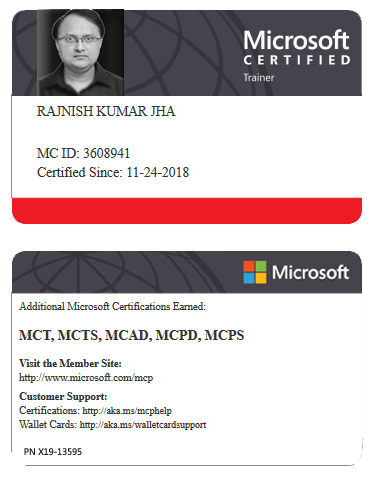
My Certifications
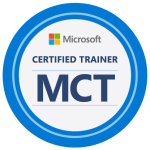
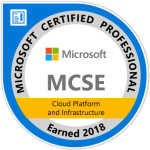
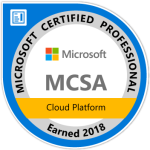

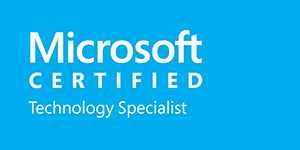

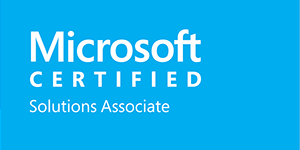
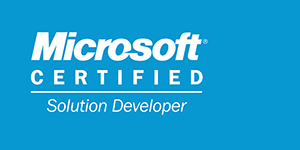
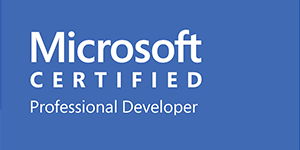
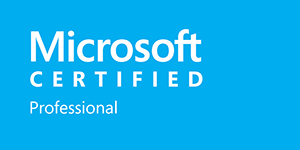
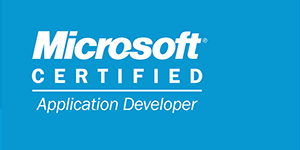
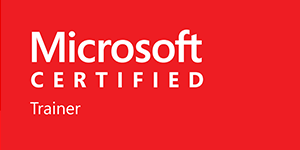
Popular Posts
Stay Connected
Unlock the full potential of Azure Cloud with me
– Your trusted guide to Azure mastery!
SUBSCRIBE
My newsletter for exclusive content and offers. Type email and hit Enter.
No spam ever. Unsubscribe anytime.
Read the Privacy Policy.





